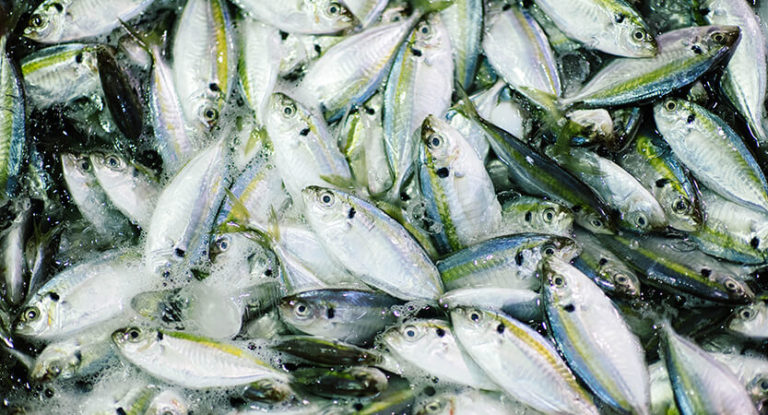Capelin, or caplin is a fish well-known to many anglers, often sold in retail. Fish belongs to the smelt family. The origin of the name comes from the Finno-Baltic. Translation of the word – small fish, nozzle and more. Capelins are small-sized fish, usually up to 20 cm long and weighing about 50 g. But, also, some specimens can grow up to 25 cm.
Here is an overview of the content of this tutorial, feel free to jump to any section you care about:
For more fishing instructions, take a look at these popular Trizily links: Rainbow Trout Fishing, Bass Fishing.
- The 9 best fishing lines 2022
- The 7 best fishing sunglasses 2022
- The 7 best baitcasting reels 2022
- The 9 best lures for bass fishing 2022
Capelin Fishing
Characteristics of capelin
Capelins have a long, purulent body with a small scale. Scientists note a kind of sexual dimorphism; during spawning, males show the presence of scales with hairy appendages on certain parts of the body. The fish lives everywhere in the polar latitudes, a massive species. There are several subspecies, the main difference of which is the habitat. Due to its mass and size, fish is often the main food of larger species, such as cod, salmon and others. Unlike many other fish in the family, it is a purely marine fish. Capelins are pelargic fish of the open sea, approaching the coast only during spawning. Capelin feeds on zooplankton, in search of which numerous flocks roam the expanses of the cold northern seas.

Reproduction habit of capelin
Given the small size, capelin has high fecundity – 40-60 thousand eggs. Spawning takes place in the coastal zone in the bottom layers of water at a temperature of 2-30 C. Spawning grounds are located on sandbanks and banks with a water depth of up to 150 m. Caviar is sticky, bottom, like most smelt. Seasonal spawning is confined to the spring-summer period, but may vary regionally. After spawning a large number of fish die. Spawning fish are often thrown ashore. At such moments, many kilometers of beaches can be littered with dead capelin.
Capelin fishing techniques
In most cases, fish are caught only during spawning migration. Capelin fishing is carried out by various net gear. For amateur fishing off the coastline, fish can be collected in accessible ways, up to buckets or baskets. Because of easy access to fish during the spawning season, almost all anglers use the simplest methods. The most convenient way is to use large landing net. Fish is eaten fried, smoked, in pies and more. The most delicious dishes from the freshest capelin. The most important purpose of such fishing is to prepare bait for hook tackle, both in amateur fishing and for fishing.

Where to catch capelin
The habitat of capelin is the Arctic and adjacent seas. In the Pacific, schools of fish reach the Sea of Japan on the Asian coast and British Columbia, off the American mainland. In the Atlantic, in North American waters, capelins get to the Hudson Bay. Throughout the North Atlantic coast of Eurasia and a significant part of the shores of the Arctic Ocean, this fish is known to a greater or lesser extent. Everywhere capelin is considered an excellent bait for catching larger marine fish. Due to its availability in retail chains, currently, capelin is often used for fishing and freshwater fish such as pike, zander or even snakeheads. As already mentioned, the fish spends most of their life in the open sea, in the pelargic zone, in search of accumulations of zooplankton. At the same time, being the main food of many species of northern fish.






